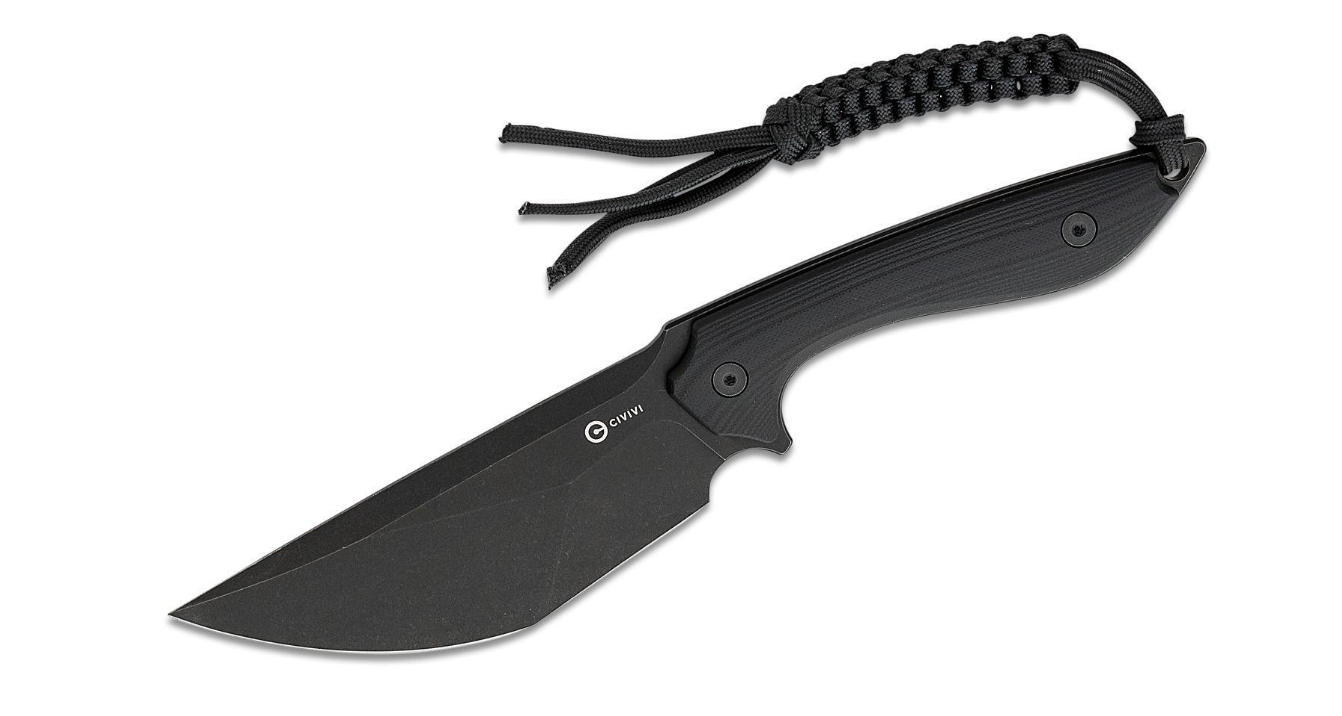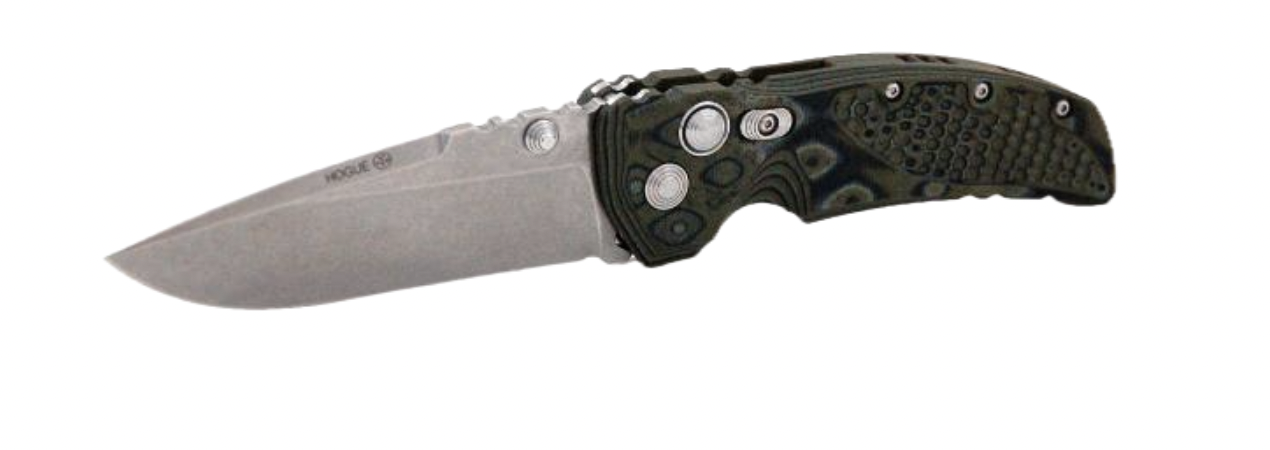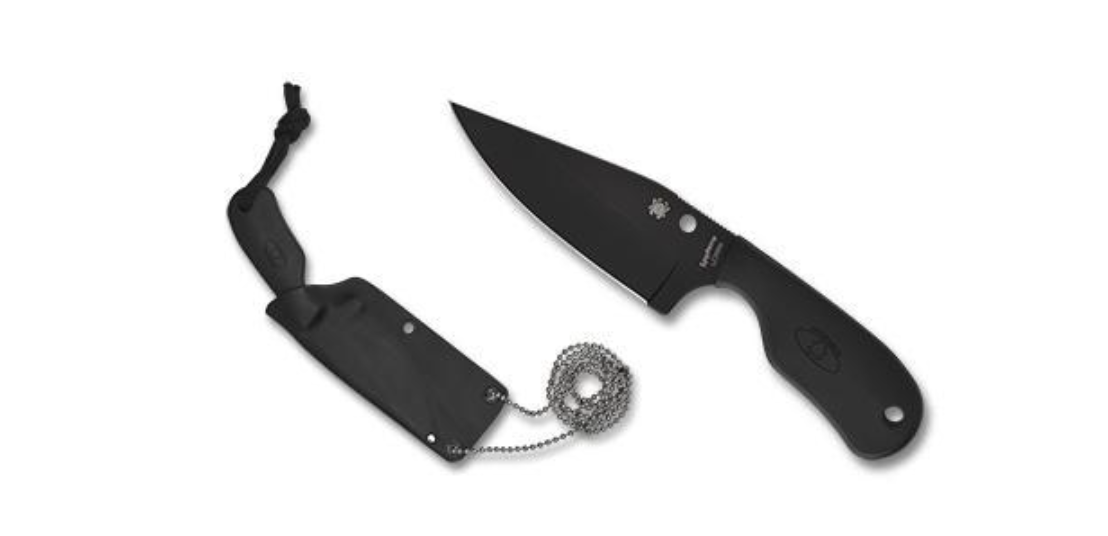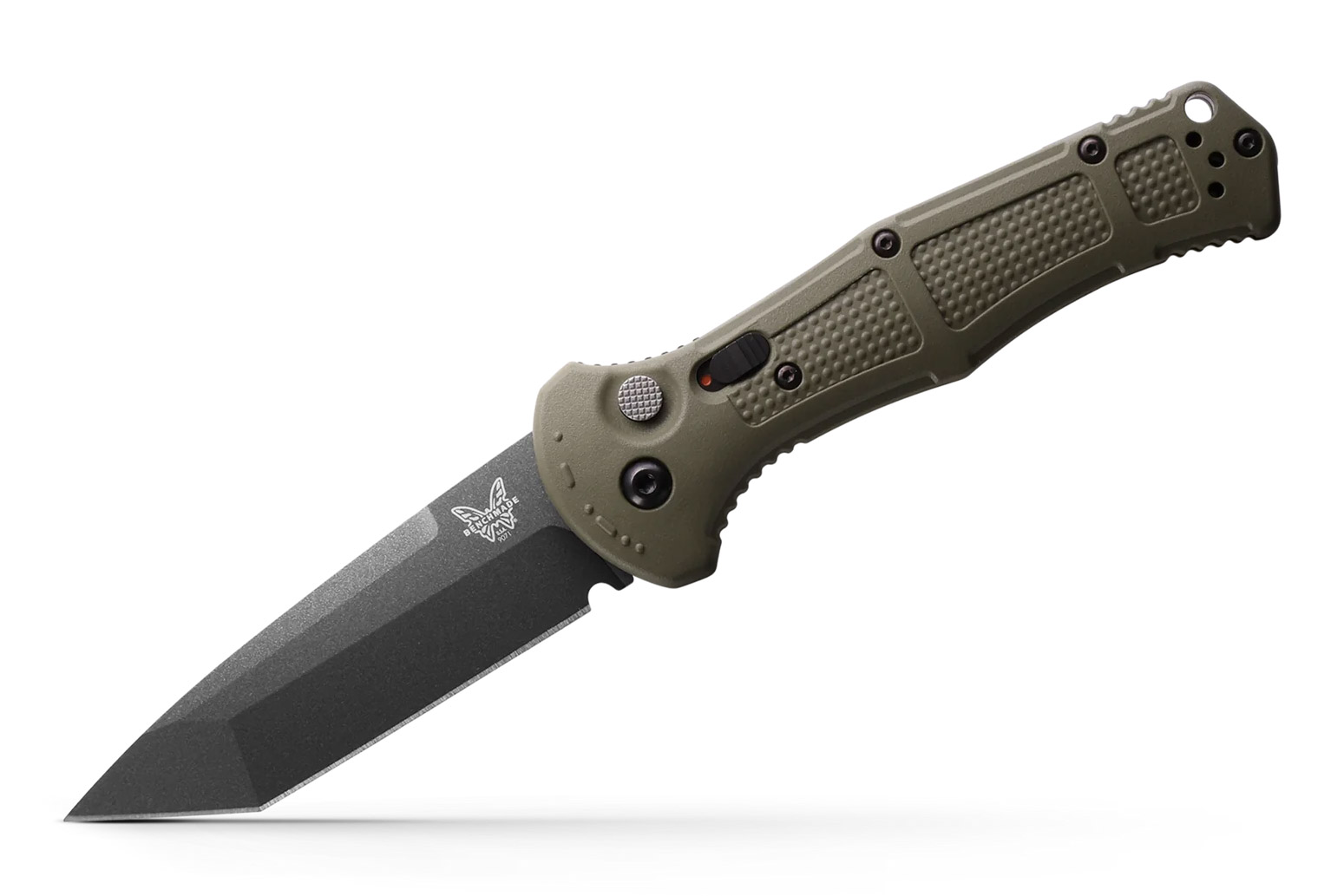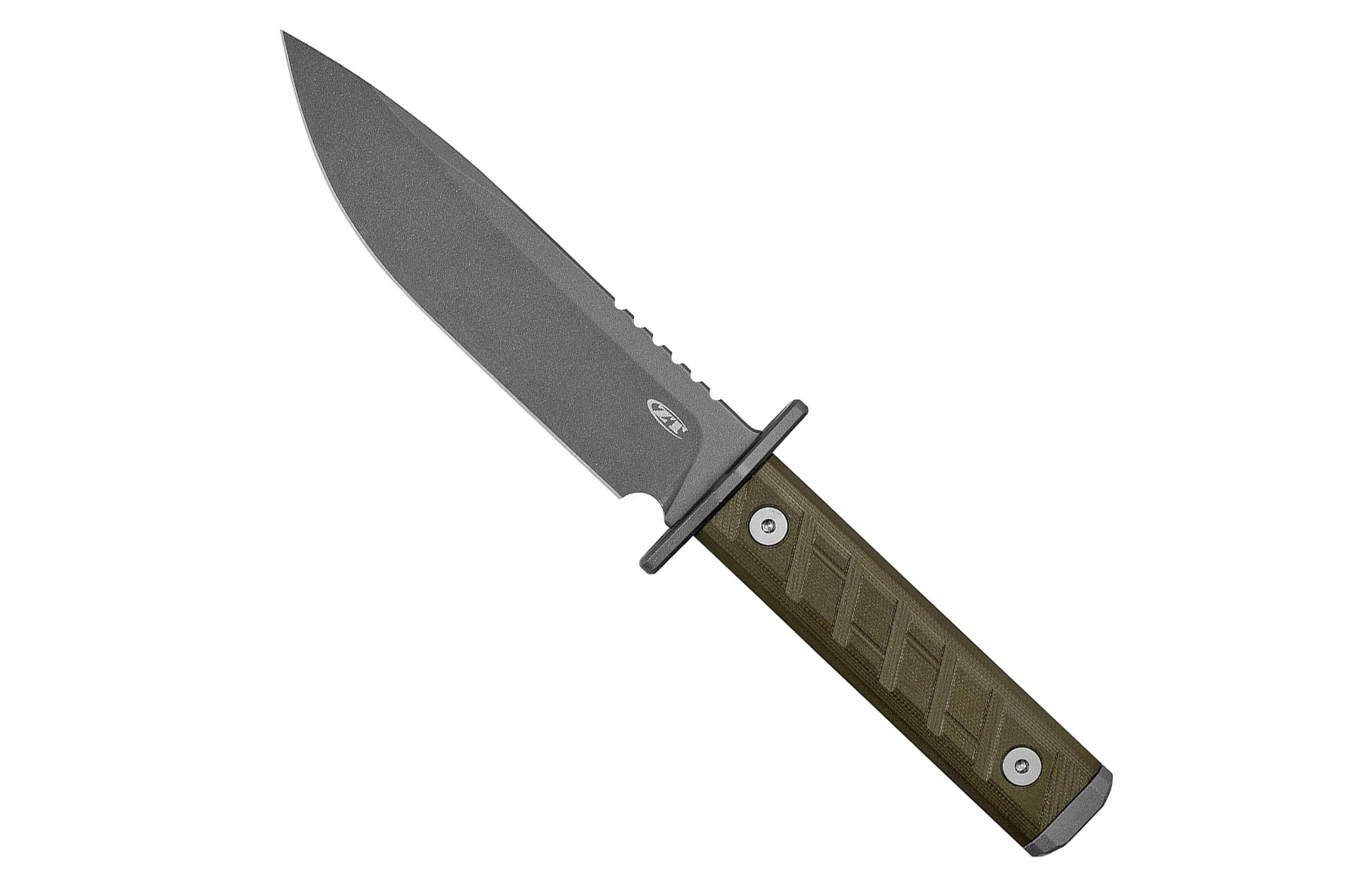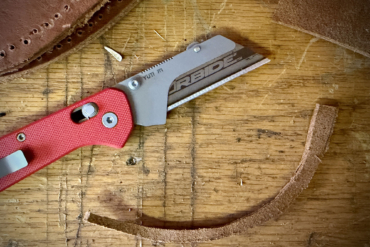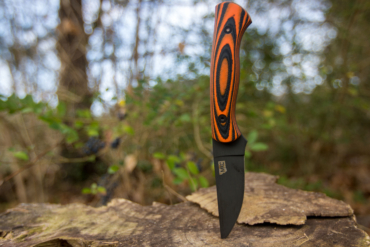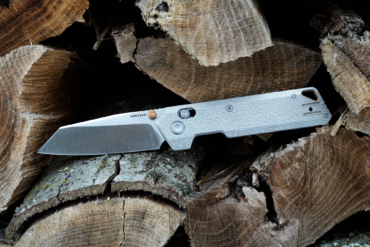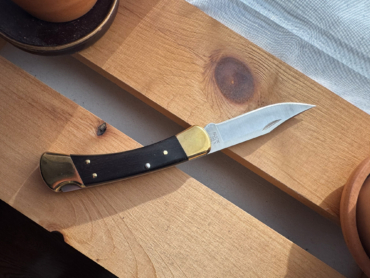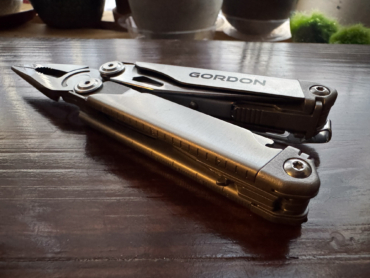If I were asked what knife brands were known for their tactical knives, I would blurt out Spyderco and Cold Steel without even having to think about it.
Spyderco has knives named Military 2, Para Military, and Police 4 Lightweight where Cold Steel likes to fly a little more under the radar with knives like the Warcraft Tanto, Double Agent, and Recon 1. If pressed harder, I would offer up the Benchmade AFO II, an automatic tanto knife that is an acronym for “Armed Forces Only.”
These are classically designed tactical knives, four of which I, as a civilian, have carried as my everyday carry (EDC) in the past. But as things evolve in the military and law enforcement worlds and new knife materials are being introduced, the look and feel of a tactical knife is changing. We are seeing a change in the design of tactical knives.
Where these knives were generally just black handled and paired with blades that were treated or coated to be non-reflective (think: stealth), greens, browns, and grays have been added into the mix. Though this adaptation does cause some overlap with survival knives and EDC pocket knives, the need for tactical knives is still two-fold: for utility and as a line of defense.
Editor’s Note: This guide received an update on November 21, 2024, naming the Hogue EX-01 our choice for the best folding tactical knife. This change was made for various reasons, including the overall build quality of the knife, the materials used, and its performance in testing.
The Best Tactical Knives of 2025
Sniper Bladeworks MAMU Fixed-Blade Knife
- OAL: 11.68”
- Blade length: 5.46”
- Blade steel: 420HC
- Blade shape: Drop point
- Grind: Flat
- Hardness: 58-60 HRC
- Carry: Injection-molded sheath
- Weight: 1 lb., 0.8 oz.
Pros
- Performs an expanded array of tasks with ease
- The ergonomics are top-notch
- The sheath has numerous carry options and can be adapted to carry a ferro rod or other required items
- Made in USA
Cons
- It will make you do more things with it outside
- It may cause you to plan expensive outdoor adventures with your friends
CIVIVI Concept 22
- OAL: 9.88”
- Blade length: 4.8”
- Blade steel: Black stonewashed D2
- Blade shape: Modified tanto
- Sheath: Kydex
- Weight: 7.7 oz.
Pros
- D2 tool steel blade
- Innovative blade shape
- Smaller form factor
Cons
- Blade-to-handle ratio is a learning curve
Hogue EX-01
- OAL: 8.875”
- Blade Length: 4”
- Blade Steel: 154CM
- Blade Shape: Drop Point
- Lock Mechanism: Button Lock
- Weight: 5.6 oz.
Pros
- Build quality
- Advanced ergonomics and grip
- Great balance between size and weight
Cons
- 4” blade makes it iffy to carry in some states
Spyderco Subway Bowie
- OAL: 5.11”
- Blade length: 2.8”
- Blade steel: Black ceramic coated LC200N
- Blade shape: Clip point
- Sheath: Bolatron
- Weight: 1.5 oz.
Pros
- Designed by French knifemaker and martial artist Fred Perrin
- It’s an itty-bitty Bowie knife
- ABLE lock
Cons
- May be too large for some users (there’s a mini version for those folks)
Benchmade Claymore Tanto – 9071BK-1 Knife
- OAL: 8.60”
- Blade length: 3.60”
- Blade steel: CPM-D2
- Blade shape: Tanto
- Grind: Flat
- Hardness: 60-62 HRC
- Lock type: Button lock
- Carry: Right or left hand, tip-up, deep carry
- Weight: 3.87 oz.
Pros
- Size-to-weight ratio
- Ergonomics
- Coated CPM-D2 Steel
- Red dot blade lock indicator
- The Morse code easter egg
Cons
- It’s a big knife
- The spring is intense
Zero Tolerance 0006
- OAL: 10.7”
- Blade length: 6”
- Blade steel: Cerakoted CPM 3V
- Blade shape: Drop point
- Sheath: Kydex
- Weight: 10.3 oz.
Pros
- Cerakoted CPM 3V build
- Simple design
- Sheath hangs low to avoid interference
Cons
- Belt loop on sheath could be more durable
Benchmade Redoubt Knife
- OAL: 8.29”
- Blade length: 3.55”
- Blade steel: CPM-D2
- Blade shape: Drop point
- Grind: Flat
- Hardness: 60-62 HRC
- Lock type: Axis
- Carry: Reversible, tip-up, deep carry
- Weight: 2.8 oz.
Pros
- CPM-D2 blade steel
- Lightweight for its overall size
- Excellent grip and hand feel
- Designed to be abused
Cons
- Lives in the shadow of the Bugout
- People hate on Grivory handles
- Gunk can get encased inside the knife easily
- Maybe on the larger side for EDC fanatics
Tactical Knives Comparison Chart
| Knife | Price | Weight | Blade Shape | Blade Length | Steel |
|---|---|---|---|---|---|
| Sniper Bladeworks MAMU | $195 | 1.05 lbs. | Drop point | 5.46” | 420HC |
| CIVIVI Concept 22 | $110 | 7.7 oz. | Modified tanto | 4.8” | Black stonewashed D2 |
| Hogue EX-01 | $250 | 5.6 oz. | Drop Point | 4” | 154CM |
| Benchmade Redoubt Knife | $200 | 2.8 oz. | Drop point | 3.55” | CPM-D2 |
| Spyderco Subway Bowie | $173 | 1.5 oz | Clip point | 2.8” | Black ceramic coated LC200N |
| Benchmade Claymore Tanto – 9071BK-1 | $260 | 3.87 oz | Tanto | 3.60” | CPM-D2 |
| Zero Tolerance 0006 | $400 | 10.3 oz. | Drop point | 6” | Cerakoted CPM 3V |

How We Tested Tactical Knives
For this year, we relied solely on tester and knifemaker Nick LeFort to work with these knives and get a sense of their worth. Bringing together years of product knowledge as well as a keen sense of what kind of situations we’re going to get into, he worked with our editors to find the right knives that would meet GearJunkie’s standards for such high accolades.
Unlike testing survival knives, you don’t need to go out looking for a fight to test out tactical blades. But a good tactical knife should be able to get you out of your run-of-the-mill Saturday night knife fight. That said, how do we test for that? Well, we don’t.
Although he’s got a formidable build, tester Nick LeFort isn’t about to get into a scrap over a knife guide, nor would we expect him to — NOR IS THAT REALISTIC! So, he looked for a few specific traits when selecting which knives earned these accolades:
1. How well does it carry?
With tactical knives, carrying them is all about ease of access. It’s also about concealment. A neck knife like the Spyderco Subway Bowie excels at both. But so does a big behemoth like the Sniper Bladeworks MAMU which can be worn horizontally across your back and concealed by your shirt.
2. How easy is it to control?
You want a good tactical knife to be an extension of your hand. It needs to flow and maneuver in such a way that you know it’ll hit its mark. The ergonomics of the CIVIVI Concept 22 aid in its overall execution and effectiveness.
3. How tough is it?
Tactical situations are demanding, so the knife you’re relying on needs to be tough as nails. The combination of its full-tang construction coupled with the fact that 3V is incredibly strong steel is a major indicator that the Zero Tolerance 0006 is a tough knife that meets the tactical standards.
Additionally, the tactical knife landscape is evolving. Where most folks might think that tactical knives are black blades with black handles, that’s not always the case anymore. It’s not uncommon to see earth tones like OD Green, Coyote, and Wolf Grey — colors commonly used by the military — being used in tactical knives nowadays. This factor has greatly expanded the tactical knife segment.
So, What Did We Do?
After our team at GearJunkie got together and narrowed down a pile of knives for LeFort to test out, and he did just that. LeFort is a bit of a wanderer, by nature. He likes to get outside, get remote, and get to work. But, as we identified earlier in this article, in order to be considered an award-winning tactical knife, it has to be easy to conceal and access. So, LeFort wore these knives, concealed, in public. Seeing that he didn’t call us for bail money — we’re confident that he found that all of the knives on this list can be easily concealed.
In terms of access, he tested to see how easily these knives could be deployed when concealed. But he also tested out how well they could be accessed when openly carried. Regarding fixed blade candidates, LeFort looked for the various ways the knife could be mounted to a belt or pack strap. Then he tested their pull in those situations; was there a struggle where the belt moved with the knife, or did the clip keep it in place, allowing for the knife to release easily?
From there, it was testing as usual. LeFort is a major contributor to our knife tests, as well as a multitude of these guides, and has found a regime for testing out toughness, corrosion resistance, and ergonomics. A tactical knife might not be one you wear every day.
So, it’s important to make sure you are familiar with how it acts and reacts. LeFort found this to be more important with folding knives which have the added complexity of opening and lock mechanisms.
Buyer’s Guide: How to Choose a Tactical Knife

With the ever-expanding lineup of tactical knives on the market, picking the right one for you could be a mission of its own. Though we think the list we’ve pulled together for you is top-notch, we also realize that everyone has their own set of wants and needs.
Our goal is to show you what we think is the best of the best so you can make an informed decision regarding which tactical knife is the best for you. That said, here are some things to consider when you head out to buy your next tactical knife.
Automatic Folding Knives
For years, one defining factor of tactical folding knives is that a majority of them were automatic. Automatic knives are button-actuated blades that have a variety of laws and regulations surrounding them that determine who can carry them. Being that tactical knives were aimed at military and law enforcement personnel, this makes perfect sense, as they aren’t beholden to the same laws and restrictions civilians are.
What I can say about automatic knives in 2025 is that most of them are still considered “tactical”. However, with brands like CRKT coming out with knives like its Michaca and Minnow that are being marketed as EDC and work knives, even that distinction is loosening up.
Furthermore, laws are changing all the time. Antiquated ideals, like the ones enacted in the Federal Switchblade Act of 1958 are starting to be overturned and updated so that more people can carry automatic knives in more places. Yes, that wasn’t a typo — 1958.
The last thing you need to happen to you is to find yourself on the other side of the law and have your knife taken away from you while you’re getting hauled off to jail. We recommend you download Knife Rights’ LegalBlade App. It’s designed to keep you informed about rules and regulations on a state-by-state basis.
That said, if you do get pinched, Knife Rights has put together a set of guidelines of what you should and should not do.
Blade Shape
Like all knives, the shape of the blade on a tactical knife plays a crucial role in how effective that knife will be. Tanto, drop point, and clip point blades are generally preferred for tactical knives because they can perform tasks like slicing and chopping, as well as piercing and stabbing.
Aside from the benefit of that ability to your success in a combat situation, a blade that can pierce and stab is also well suited for breaching. Tanto blades, in particular, are great for prying, which is the primary movement in breaching.
Knife Steel
The amount of knife blade steel and handle materials out there is pretty impressive. But, where the handle materials seem to have stabilized, there’s new steel coming out every year. As you can see from the above selection of eight knives, there are seven different knife steels.
Our recommendation is to consider each steel on a case-by-case basis. But they should still meet or exceed the following requirements:
Corrosion Resistance
The last thing you want is your knife turning orange on you out in the field. Especially if you’re planning on using it to prepare food. All of the steel mentioned in this guide either has exceptional corrosion resistance or has been coated to eliminate the occurrence of rust.
Abrasion Resistance
Some people consider this property to be more form than function. But in all reality, your blade can easily get scrapped up which can lead to chipping, which then could lead to blade failure.
Edge Retention/Ease of Resharpening
No matter what knife you carry, the worst knife you could carry is a dull one. That being said, you want to look for knife steels that either excel in edge retention or can be easily resharpened.
Handle Material
When it comes down to handle material it’s all about grip. Tactical knives don’t usually have a large variety of handle scales. For instance, you’re not likely to find a tactical knife with a wood, bone, or leather handle. They may be out there, but they’re far from common — because they don’t provide the excellent grip the common materials do.
G10 & Micarta
G10 and Micarta are both extremely strong materials. Both excel in grip whether your hands are wet or dry which is why those two materials are so popular with EDC, survival, tactical, and bushcraft-style knives.
Nylon & Plastic
Nylon and plastic are also great handle materials because they’re durable and lightweight, but they’re also generally textured. It’s this texturing and styling that increases the grip on a knife with these materials.
Note: Nylon and plastic handle scales can be called a litany of names. Some of the more popular names are: FRN/Zytel (Fiber Reinforced Nylon), GRN (Glass Reinforced Nylon), GFN (Glass Filled Nylon), and Grivory (Injection Molded).
Ease of Use
Ergonomics
A good knife will feel right in your hand. From the shape of the handle scales to the overall thickness, and even texturing, ergonomics can be the difference between you being confident with your knife or leaving it in your drawer at home. When you consider a knife, put it in your hand and give it a good squeeze. Then, push down hard on a hard surface. If everything feels right, that’s your next knife.
Sheath
For the most part, tactical knife sheaths are made from Kydex or Bolatron. Both materials will outlast every being on this planet, and both can be vacuum-formed. However, Bolatron tends to edge out in form retention and durability over Kydex. That said, they’re both great for the job.
Carry
Folding knives are easy to carry — have pocket clip; will carry. If they have a deep carry clip, then they’re easier to conceal. In regards to fixed blade knives, which are arguably the most popular of the tactical knife forms, they need to be carried in a variety of configurations.
In the military, they’re generally worn on vests. In law enforcement, they’re generally clipped to a duty belt. But that can change depending on the situation. A good tactical sheath will allow you to mount it vertically, horizontally, and even upside down.
Lock Mechanism
Without fail, you will find yourself in a position where you need to rely on the lock on your knife more than you expected. Arguing that most tactical folding knives are automatics, the locks are usually button locks. These button locks are also how you deploy the blade and can have a lock of your own. Just like you take the safety off your firearm when you’re stepping into the shit, you want to make sure the button is unlocked.
In most tactical situations, time is everything. Having to fiddle around with a button lock takes your focus off of defending yourself and is a risk you don’t want to take.

A Note on Awareness
We try to keep things light and fluffy here at GearJunkie, which is why we saved this section for last: If you treat carrying a tactical knife like carrying a firearm, you’re putting yourself in the right mindset.
Tactical knives tend to be larger and more aggressive which makes them more noticeable. In terms of automatic folding tactical knives, they are a major bone of contention in terms of who can carry them and where. It is important to know where you are when you’re carrying knives like this and where they are when you’re not carrying them.
Even if you are someone in the military or law enforcement, you need to be aware of laws and regulations unless you wear your uniform everywhere you go. Modern society is more sensitive to guns and knives than it ever has been. When you’re dressed like a civilian, act like one or be prepared to identify yourself if the going gets weird.
Another part of awareness is the condition your tactical knife is in. For fixed blades, that’s as simple as making sure the blade is sharpened and free of imperfections in the blade edge. For folding knives, you want to make sure that the blade is sharp and free from imperfections, but you also want to make sure it’s in good working order. This means making sure the lock mechanism and the actuator button work.
And if you forget all of that, just remember this simple equation: Out of Sight = Out of Mind!
Price & Value
Knife pricing isn’t as cut and dried as most of us would like it to be. Yes, just like with any other consumer good, factors like materials, design, and function all play into the final price of a knife. However, there are a lot of things going on behind the scenes that determine what we pay at the store for a knife.
How much material a knife manufacturer buys has a major impact on the price you pay for a knife. Material prices, in general, will fluctuate based on how much of each item is being bought overall. We’ve most recently seen this with MagnaCut, which became a popular steel seemingly overnight. As more brands adopted it in their knives, the overall price of the steel itself went down.
Tactical knives also start at a higher price when compared to other knife categories. Where we usually consider anything under $100 a budget knife, in the world of tactical knives, the budget starts at $100. This can put the premium category up past $500. However, when you consider what these knives are being used for and who is using them, the pricing starts to make a little more sense.
This brings up the brand name factor. Knives from brands like Benchmade generally retail for more than similar knives from other brands. It’s not outside the realm of reason that you’re paying into the brand as much as you are the product. In the case of Benchmade, you’re also buying free sharpening for life as well as a pretty significant lifetime warranty.
With that being said, we’re going to break knives down into the following three categories based on pricing in general. But, to be fair, in the production knife world, there are no clear and defining lines between Budget knives, Mid-tier knives, or Premium knives. The following is a generalization of what you can expect from each category.
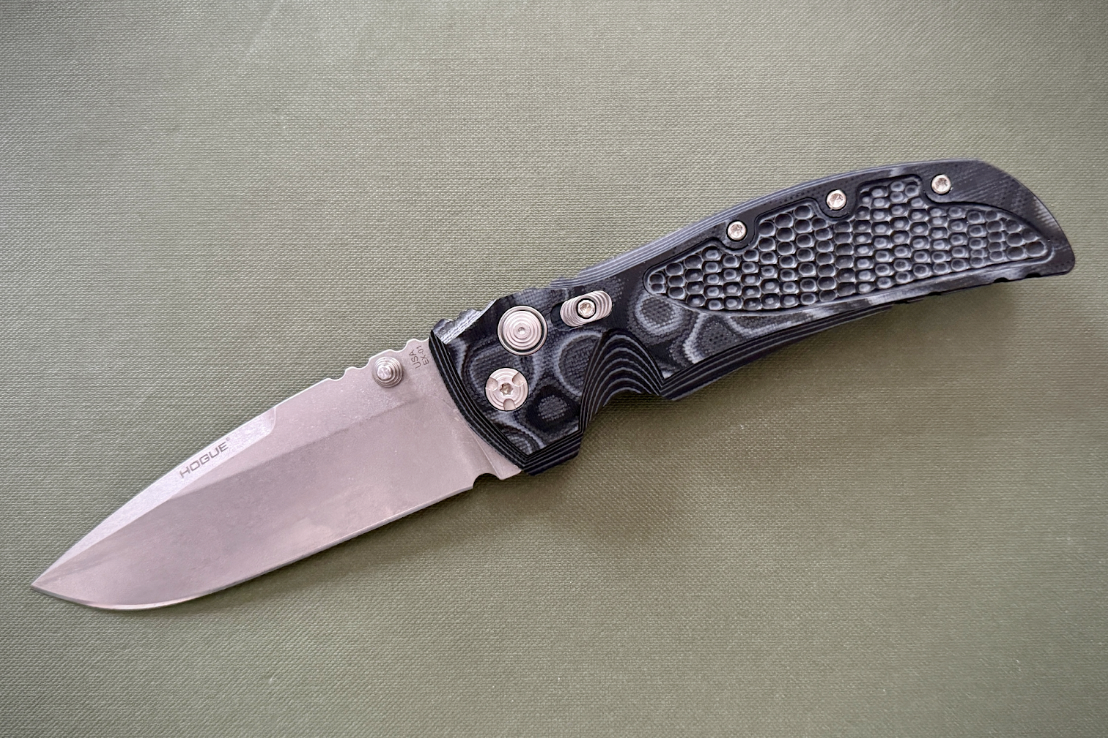
Budget
Budget knives are usually made from more affordable materials. Does this make the knife any less useful? No. A budget knife should do everything you would expect it to. However, it may require more maintenance to keep it up and running.
Unlike other knife types, where budget knives usually top out at $100, budget-level tactical knives usually start at or around $100. This is due to things like build quality, blade finish, and how it carries. Believe it or not, a sheath and its hardware can have a noticeable impact on the price of a knife.
In the case of the CIVIVI Concept 22, you have a full-sized knife made from black stonewashed D2 steel that has textured G10 handles. These are common materials that are considered affordable. Albeit, you’re using a lot of here which raises the price. However, you also have a sheath with a Tek-Lok-style belt clip. Those alone can retail for $20. The point here is that carry and convenience play their role in the retail price of a tactical knife.
With tactical knives, the budget category is also the smallest and has the narrowest price range of all three tiers.
Mid-Tier
A majority of people carry mid-tier tactical knives around. They range from $150 to $350 and offer great ergonomics, materials, and carry/deployment options. We see the highest occurrence of automatic knives in the tactical category as well. Some would argue that this is the most efficient and effective way to deploy a knife, but with that comes cost.
The bits and pieces that make up an automatic mechanism add to the build complexity of the knife — so, that feature needs to be paid for. It’s also more desirable and comes with some legal hurdles, so the appeal is there as well.
Consider the Benchmade Claymore. At $260, you’re getting a fully automatic hellhound of a knife composed of durable materials. This knife was built to be used in battle. That type of exclusivity comes at a price. Benchmade is also a brand that people claim comes with a “brand tax.” In short, you’re paying for a name. That’s probably a little bit true, but you’re also getting a really well-built knife with a great warranty and a lifetime of free sharpening.
Premium
Here’s where things start to unravel in the tactical knife world, and we see it in tactical clothing and gear as well. In this arena, the tactical categorization is considered premium — across the board. Whatever it is, if it’s considered “tactical,” then it should be considered innovative, overbuilt, and made from the most reliable materials. And, honestly, that’s true. Tactical is also synonymous with combat-ready, field-tested, and a variety of other statements that allude to their level of quality.
If you take the Zero Tolerance 0006, for example, you have a tactical knife made from durable and desirable materials that is also made in the USA. It’s based on an earlier model that was vetted in combat. I know that sounds dramatic, but when you consider those factors — $400 isn’t really a stretch for a retail price.
This being the case, think practically before you buy a premium tactical knife. After you hit $500, start to consider what you’re buying and what it will do for you in the end.
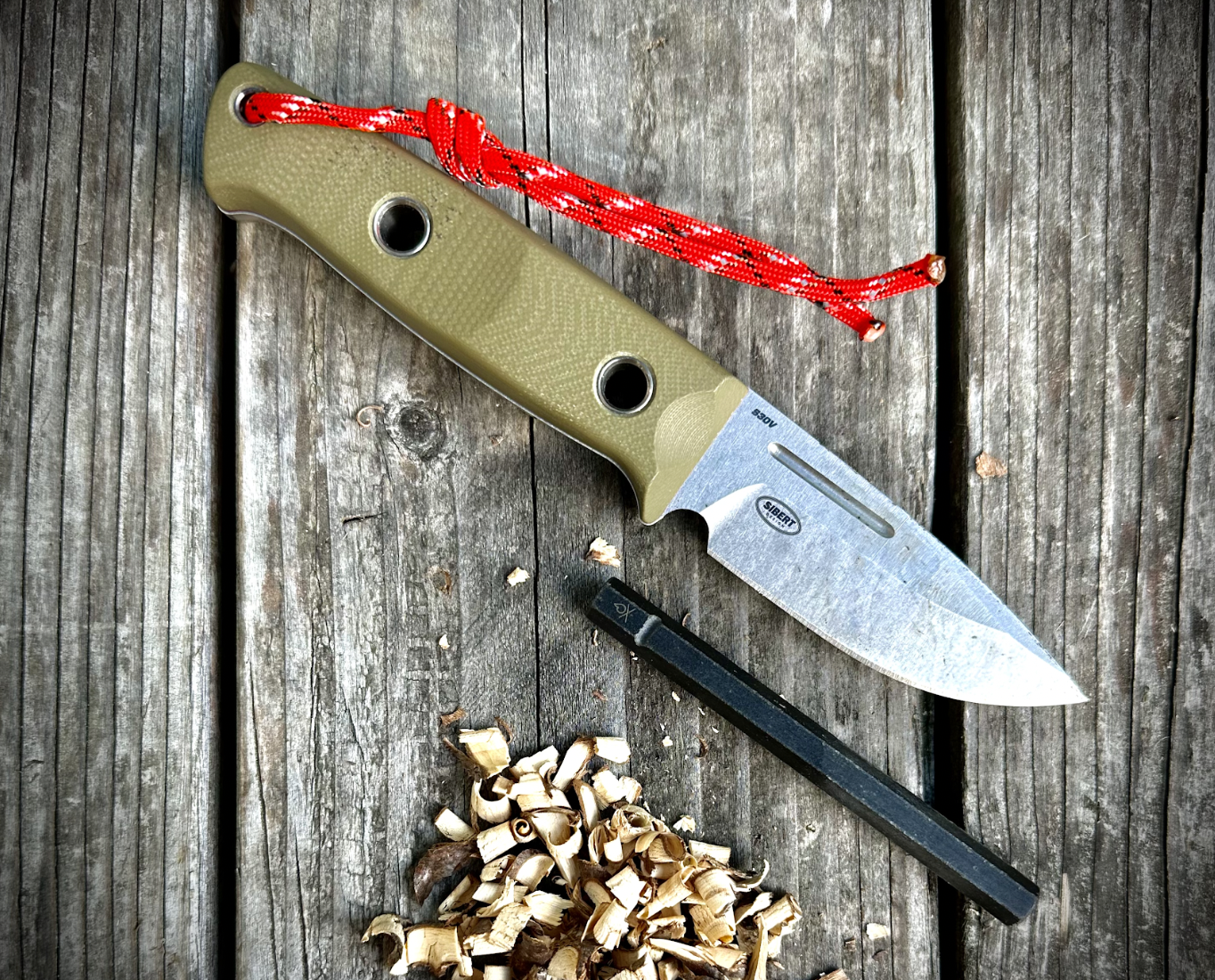
The Best Bushcraft Knives of 2025
Whether splitting logs or whittling by the fire, we’ve found the best bushcraft knives for every budget and use.
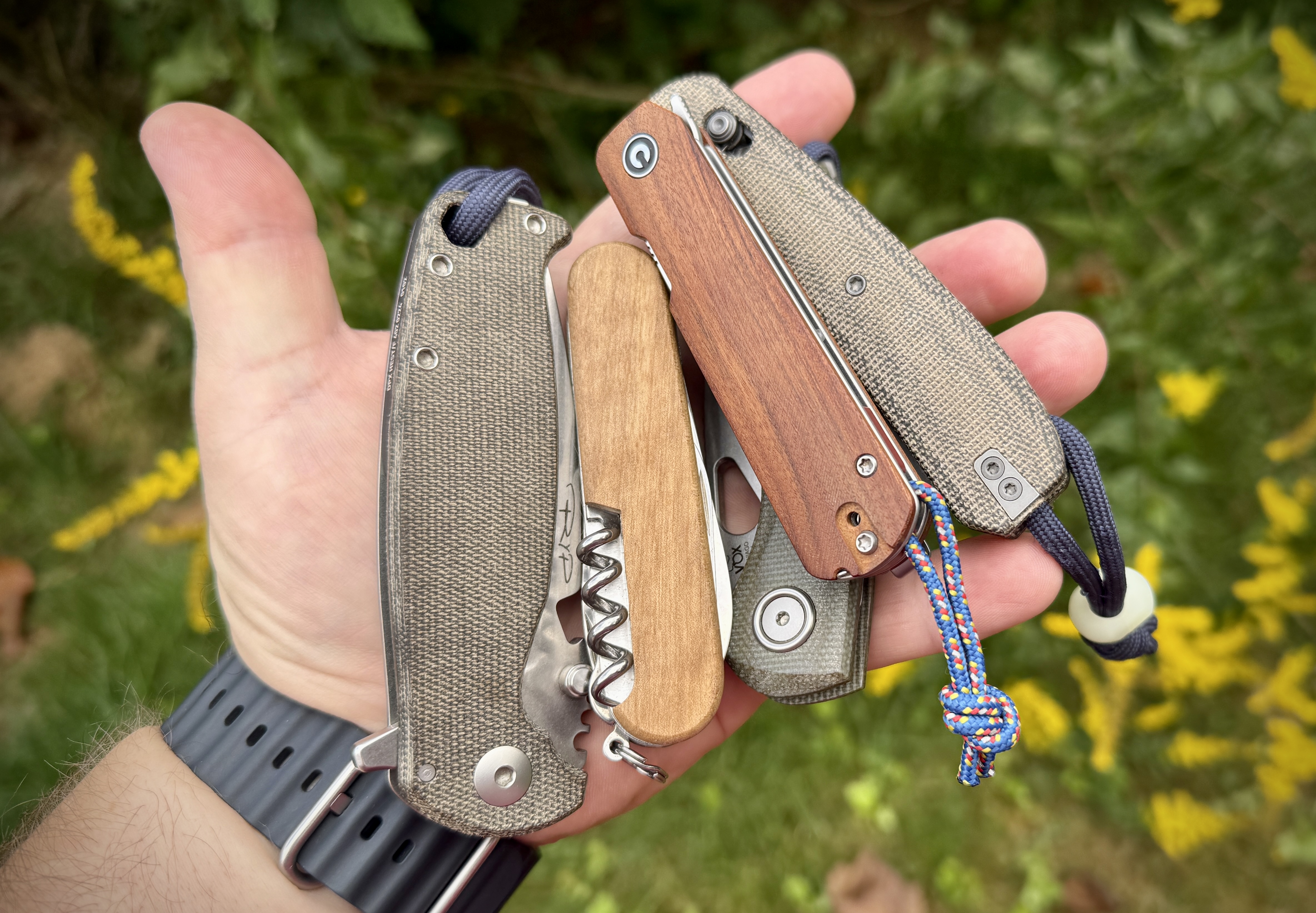
The Best Pocket Knives of 2025
We reviewed the best pocket knives of 2025 with options for every budget. Top picks include Benchmade, Knafs, CIVIVI, and more.


